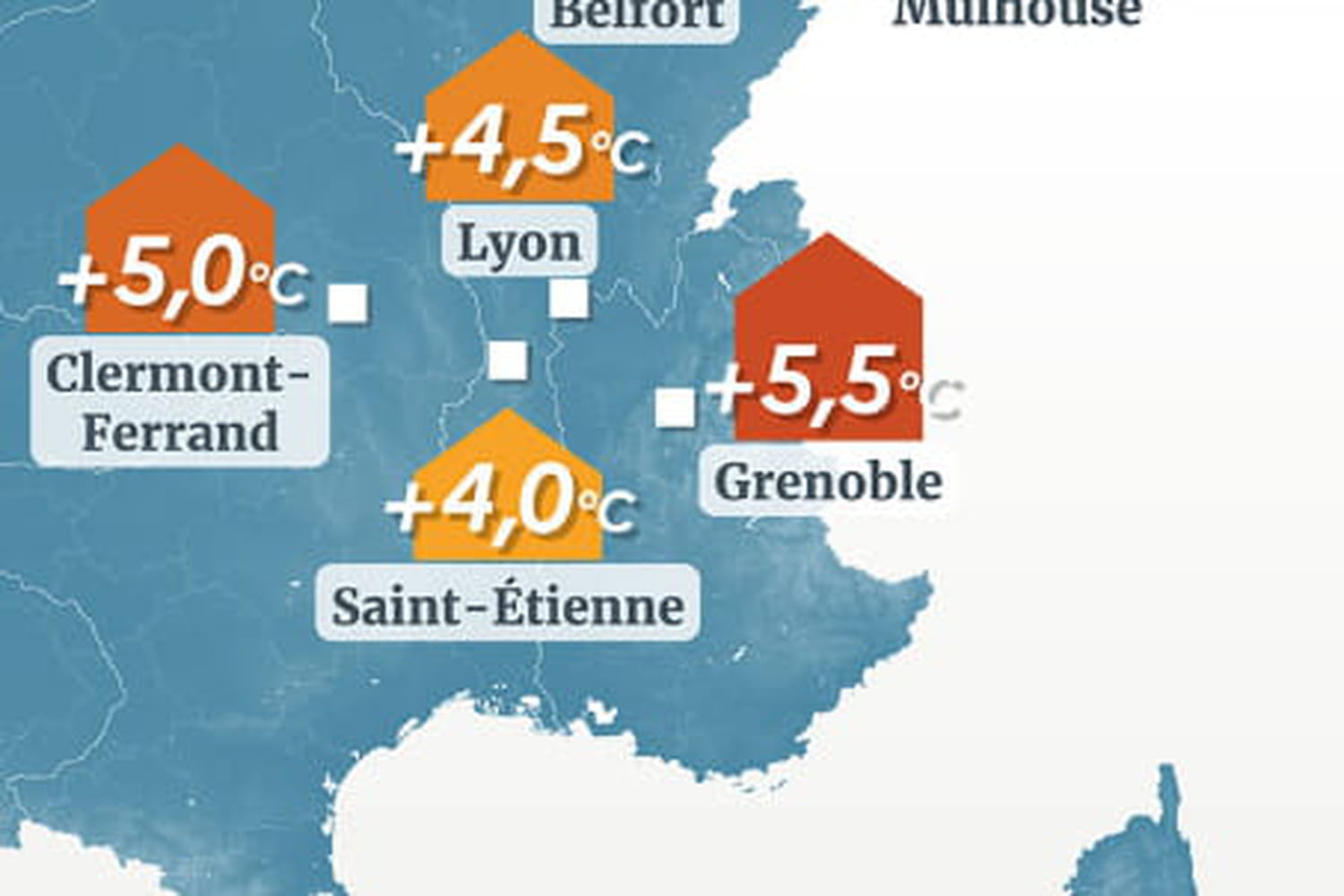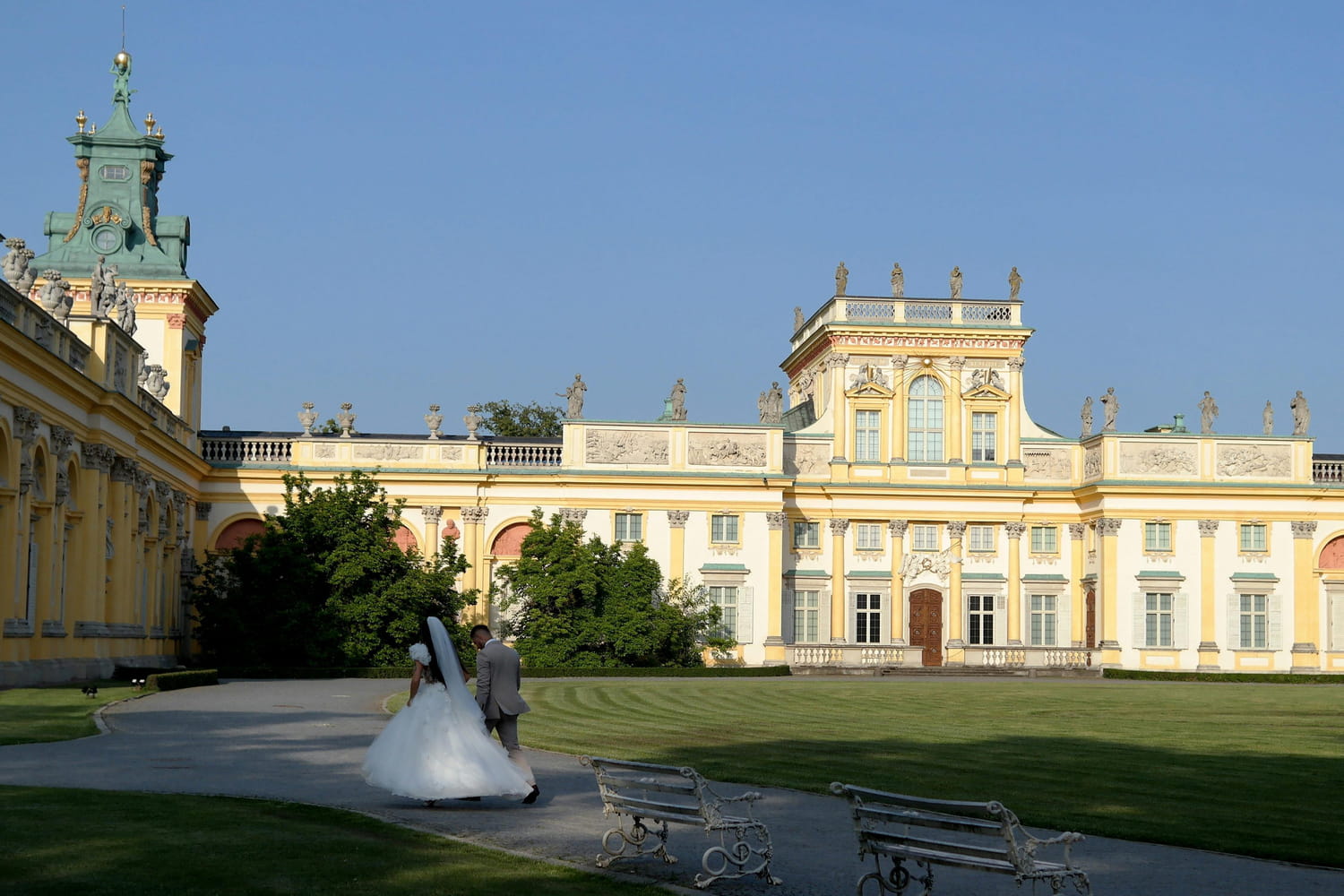10 cities are real heat traps.
Summer, synonymous with vacation and idleness, sometimes turns into a real health challenge, especially in major cities. In addition to heat waves, there is a less known but super important phenomenon: the urban heat island (ICU). Basically, our cities become real ovens, much warmer than the campaign next door and turn into heat traps absolutely deleterious for our health: risk of dehydration, insolation, even a heat stroke in the most fragile. The fault of concrete and bitumen that store heat, lack of trees to offer us a little shade, and to all activities that give off heat (cars, air conditioning …).
A serious study, from the Mapuce project led by the CNRS and Météo-France, looked at this phenomenon and modeled the ICU effect in 42 urban areas. The results are clear: some cities are real hot spots, especially at night, which can really disturb the vital recovery of the body. At the bottom of the top 10, we find Saint-Etienne, which displays temperatures well above normal. Then, there is a peloton of cities with a strong intensity of +4.5 ° C: Belfort, Bordeaux, Mulhouse, Reims, and Lyon. In 4th and 3rd position, Clermont-Ferrand and Lille both display a strong intensity of +5 ° C. And just in front of them, Grenoble is positioned in 2nd position with a strong intensity and a differential of +5.5 ° C.
At the top of this worrying classification, and without much surprise, it is Paris who sits. The capital displays a very strong intensity with a maximum ICU of +6.5 ° C. It is the largest temperature difference recorded, which means that at the hottest hours of the night (often between 4 a.m. and 6 a.m.), Paris is on average 6.5 ° C hotter than the surrounding countryside. Particularly striking data: 100 % of the Parisian population is exposed to an ICU of strong or very strong intensity, stressing the extent of the health challenge for its inhabitants, with a greater risk of dehydration and insolation.
Faced with this reality, local communities are starting to put in place strategies to mitigate the ICU, such as the vegetation of urban spaces, the creation of islets of freshness, the designing of soil and the use of more reflective materials. But individual vigilance remains essential: hydrate regularly, avoid physical efforts at the hottest hours and seek freshness are essential gestures to protect yourself from the dangers of summer heat.








